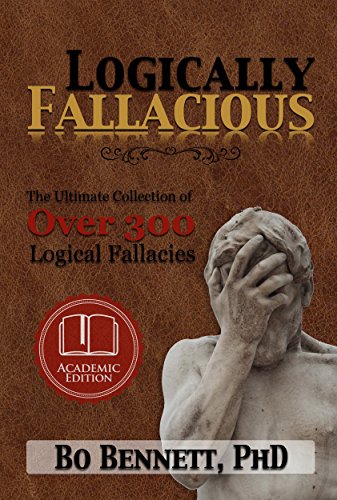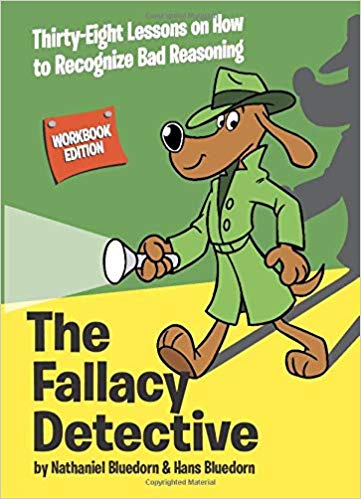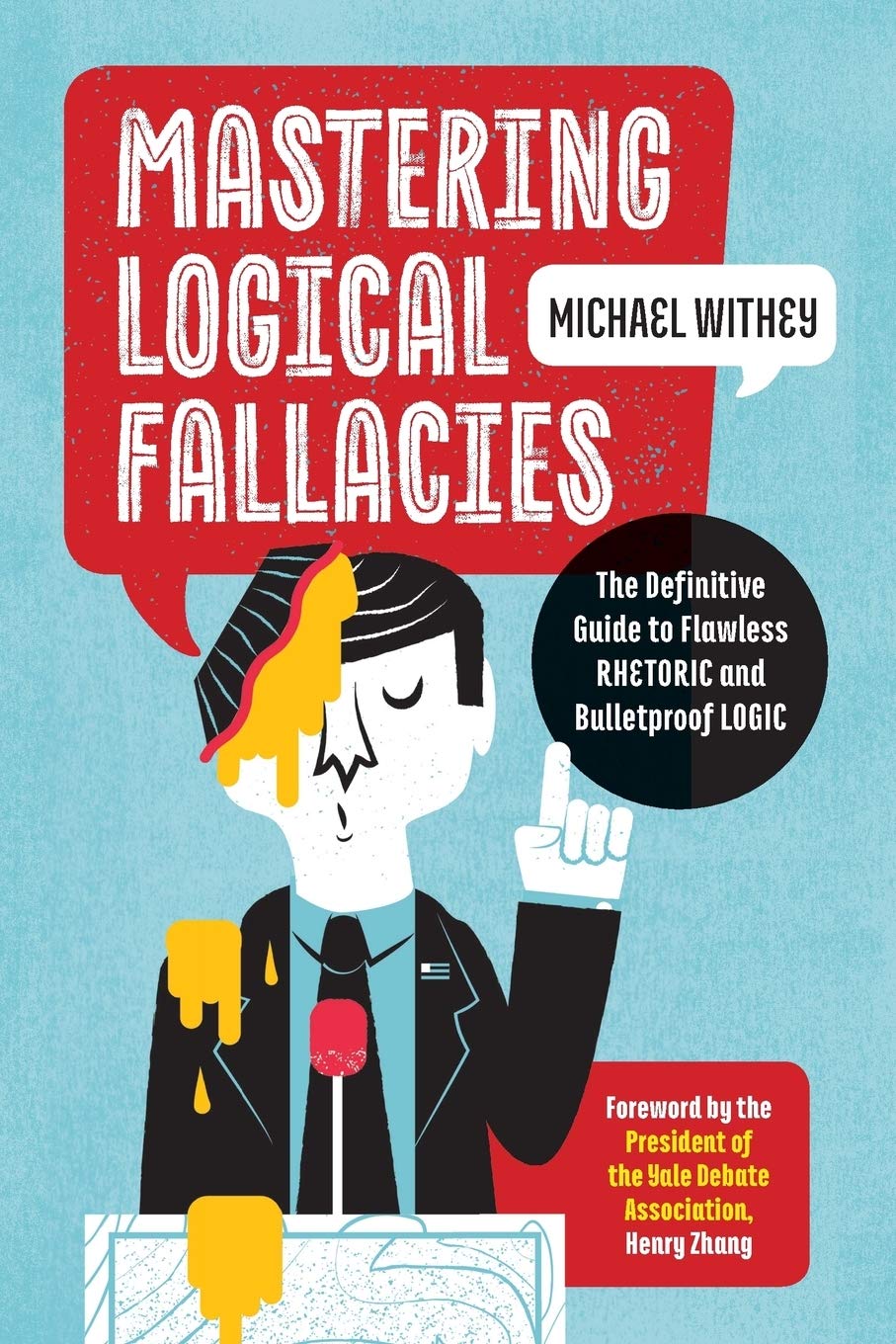
Continuum Fallacy
Also called the fallacy of the beard, line-drawing fallacy, fallacy of the heap, the sorites fallacy, and the bald man fallacy, the continuum fallacy rejects a claim because it is not precise. The is fallacious because, vague, "in-between" or unclear scenarios do not make them necessarily untrue.
Example of Continuum Fallacy
- Ronnie has a full head of hair. If you pull one out, he will not be bald. If you pull another out, he still will not be bald. So no matter how many hairs you pull out, Ronnie will not be bald.
This is untrue since at some point Ronnie will run out of hair. - I've been able to swim across any body of water I've come across, so there is no body of water I would not be able to swim across.
Given a large enough body of water, crossing it by swimming will be impossible.

Books About Logical Fallacies
A few books to help you get a real handle on logical fallacies.





Continuum FallacyExtended Explanation
The Continuum Fallacy is a logical fallacy that occurs when someone assumes that two different topics or ideas can be divided into mutually exclusive categories. This fallacy is based on the false assumption that because two ideas cannot be clearly distinguished from one another, they must be part of the same group. For example, a person may argue that because there is no clear distinction between a "cat" and a "dog," they must be the same animal. This kind of argument is fallacious because it ignores the fact that there are clear differences between cats and dogs.
The Continuum Fallacy is often seen in debates over controversial topics, such as abortion and gun control. In such debates, people may argue that because it is impossible to draw a clear line between the two sides of the debate, they must both be correct. This reasoning is flawed because it fails to recognize that there is a difference between the two positions. It is possible to draw a distinction between the two sides, and it does not follow that both must be correct.
The Continuum Fallacy is also seen in debates about religion. For example, some people may argue that because there is no clear line between atheism and theism, they must both be valid beliefs. However, this is not true. While it is impossible to draw a clear line between the two, it does not follow that both must be true. Each belief system has its own set of beliefs and tenets, and it is possible to draw a distinction between the two.
The Continuum Fallacy is a logical fallacy that occurs when someone assumes that two different topics or ideas can be divided into mutually exclusive categories. This fallacy is based on the false assumption that because two ideas cannot be clearly distinguished from one another, they must be part of the same group. It is important to be aware of this fallacy so that it can be avoided in debates and discussions. Recognizing this fallacy can help people to better understand the differences between two topics or ideas, and make better-informed decisions about them.